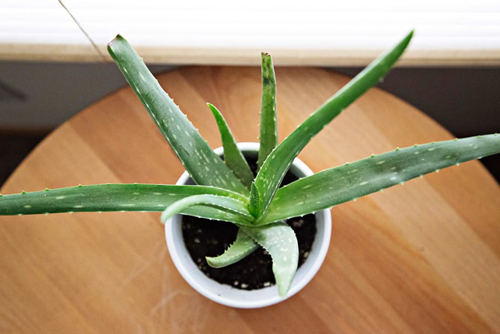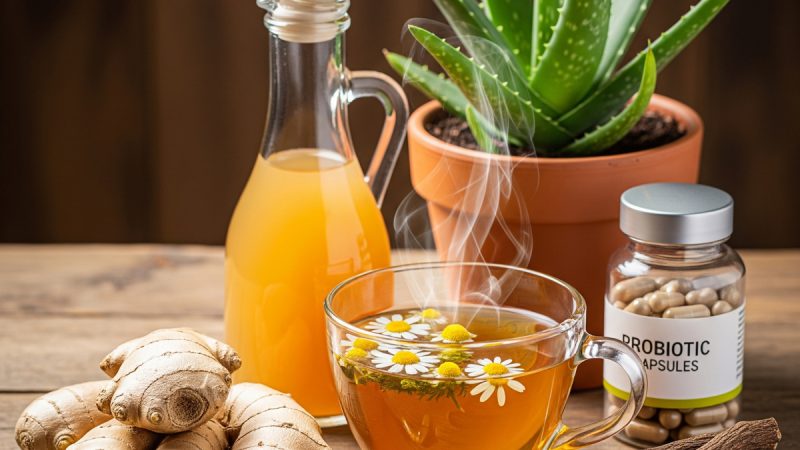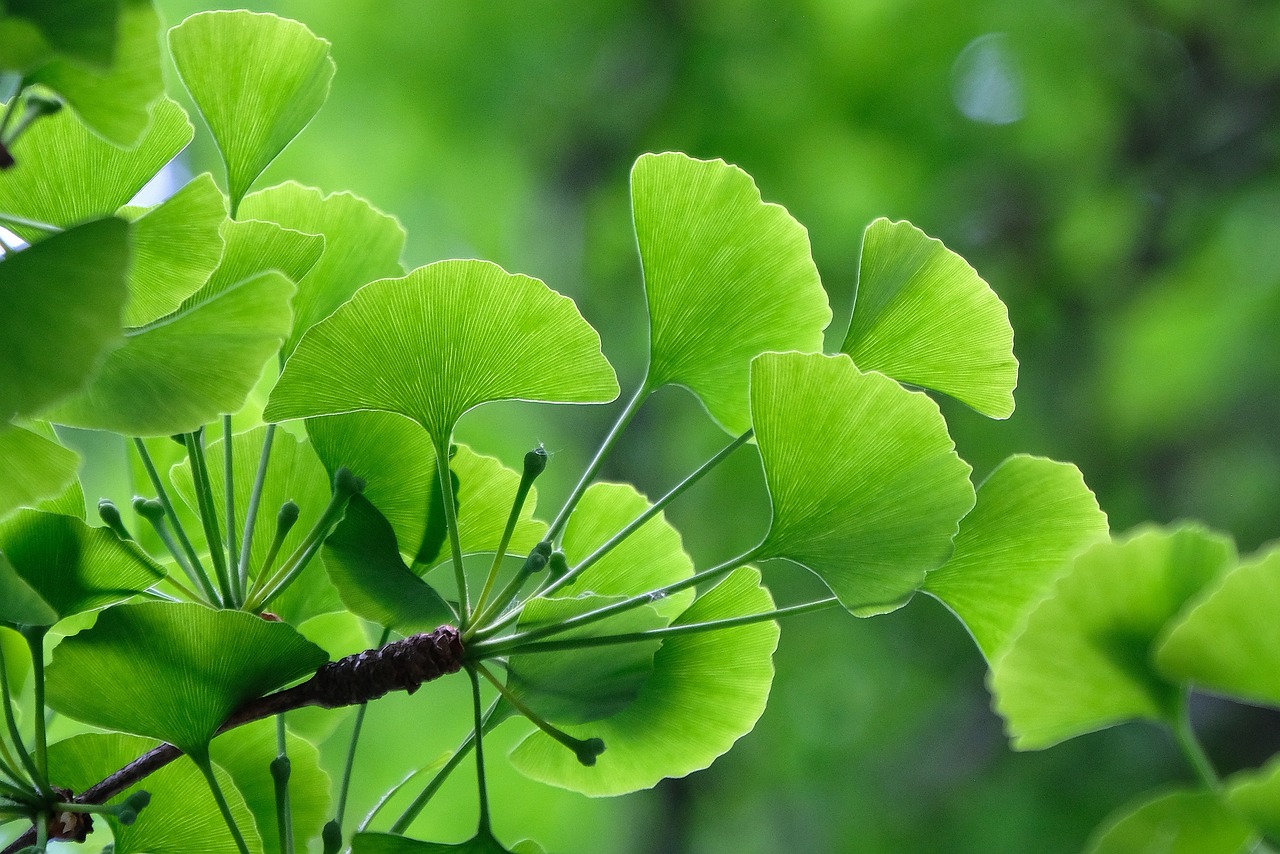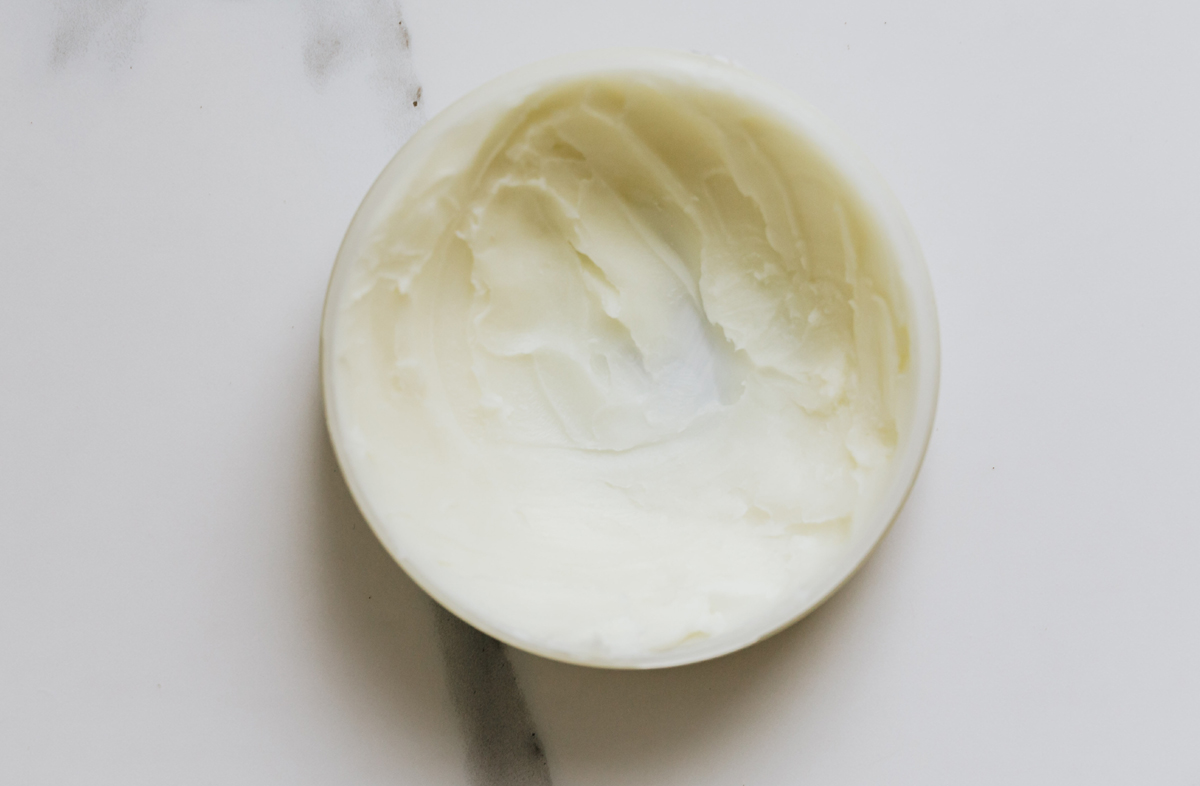Wonders of Aloe Vera

(Ulcers, Sunburn, and Fungal Infection)
Aloe comes from tropical Africa. Related species are used as an antidote to arrow poison, but we value the plant for its healing effect on burns, wounds and insect bites.
Description
Aloe is a succulent, and grows to a height of 12 to 16 inches. It has a fibrous root system producing long, tapering, stemless leaves. These light green leaves have spiky margins and are blotched with cream. The firm upright stems bear several bell-shaped, fleshy, yellow-orange flowers.
Cultivation
Propagate from small, rooted offshoots at the base of the parent plant. It may be grown from seed. It prefers a rough, gritty growing medium and a well-drained, sunny location. It will also grow in partial shade. Aloe needs temperatures above 40 degrees, and is grown indoors in cooler climates. When grown indoors the offshoots can be removed and re-potted when they are a few inches tall. Do not over water.
Harvesting
Cut the leaves as required.
Medicinal Use
Keep a pot of Aloe vera on you kitchen windowsill for handy access. The fresh juice of the leaf blades can be applied directly to ulcers, burns, sunburn, and fungal infection.
Aloe-emodin, an ingredient in aloe, is a powerful laxative and should always be used with caution. It can be combined with a tincture of caraway seed to prevent intestinal cramps and pain. Taken in small doses, it is an excellent digestive tonic.
Aloe – Other Names:
Socrotine Aloe, Aloe perryi, Curacao or Bitter Aloe, A. barbadensis, Cape Aloe, A. ferox, Aloe vera
Aloe comes from tropical Africa. Related species are used as an antidote to arrow poison, but we value the plant for its healing effect on burns, wounds and insect bites.
Parts Used:
The dried or fresh juice of the leaves.
Uses:
The juice, dried or fresh has long been used externally for all types of skin disorders and bug bites, acne problems, canker sores. For chapped or rough hands and insect bites, the freshly squeezed juice is applied directly. For sunburn or scald, a strong warm decoction of aloe tea is prepared, to which Irish moss (Other names: Chondrus crispus, Gigartina mamillosa, carrageen, pearl moss, salt rock moss)
→ Aloes and Sandalwood Essential Oil – Healing Properties
Parts Used:
The dried, bleached plant.
Uses:
Used for coughs, bronchitis, and intestinal problems. Also makes a nourishing food for those recovering from tuberculosis and other illnesses).
is added to form a jelly; to this mixture the clear gummy juice of the aloe is added. This preparation has been found to be most soothing and healing.
The dried aloe juice is an ingredient of Compound Tincture of Benzoin which is today used for its antiseptic and protective effect as a local application to minor wounds.
It also helps cleanse the stomach, colon, gastrointestinal tract, used with acid stomach, gastritis, throat problems, hiatal hernia, hemorrhoids. Helps control cholesterol, helps nourish hair, is effective against warts and promotes general healing.
>>Common Herbs That Heal: From Aloe Vera to St. John’s Wort
The Author:
The illuminating history and power of Herbs have been a passion of mine for many years. My name is Andrew Smit and I am a herbalist in South Africa. I have always used herbs as an integral part of my day to day living. Five years ago i decided to fulfill that last phase of my herb journey and started growing herbs commercially, in doing so it has really completed my basic training so to speak. For the last 20 years herbs have been part of my life in one way or another. I still consider myself a junior in the field, a field that has a heritage of over 6000 years hence my statement. Hopefully I will be able to share some of the enigmas and findings that have showed themselves to me. In my opinion herbs have proven themselves time and again. One bit of advice i can offer about herbs is this:- to reap the benefits of herbs one must make herbs a part of your life, you will see the difference that i guarantee you.
Photo. Unsplash








